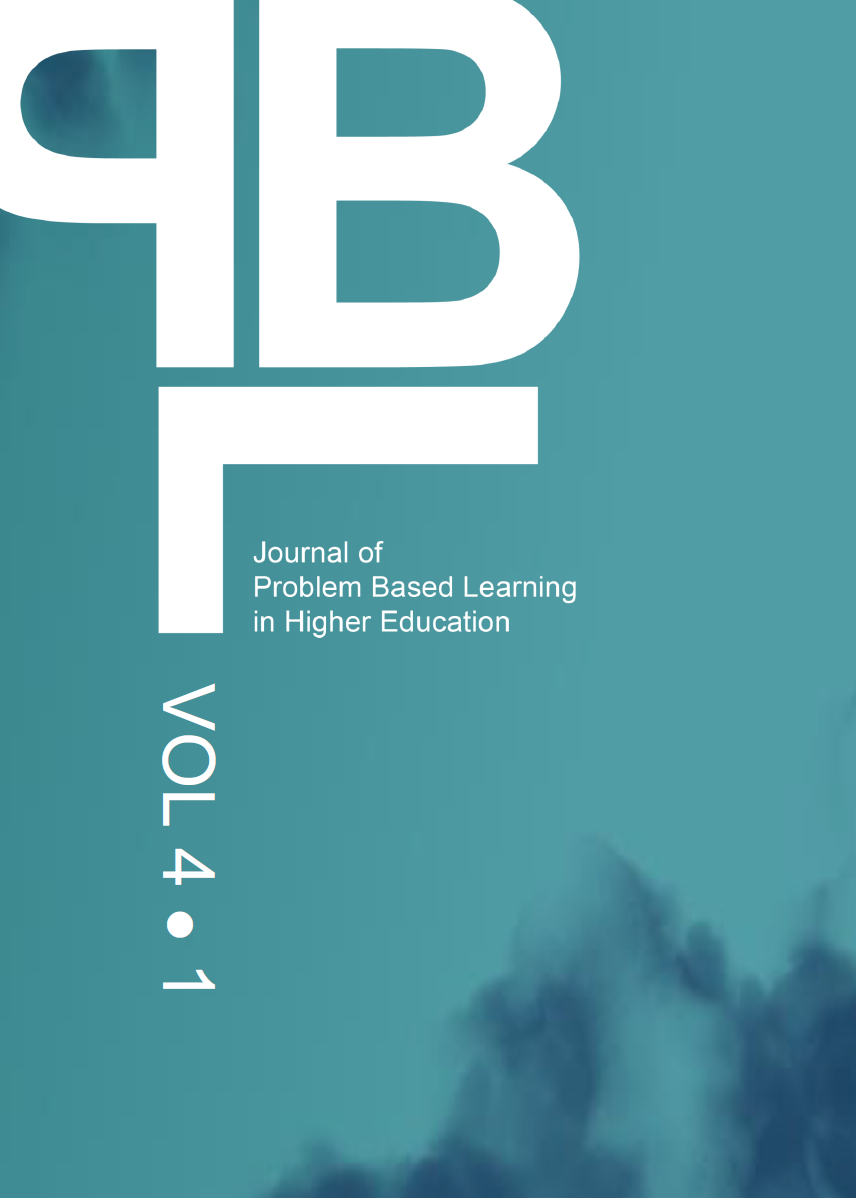Abstract
The study focuses on the seven-step procedure (SSP) in problem-based learning (PBL). The way students apply the seven-step procedure will help us understand how students work in a problem-based learning curriculum. So far, little is known about how students rate the performance and importance of the different steps, the amount of time they spend on each step and the perceived quality of execution of the procedure. A survey was administered to a sample of 101 students enrolled in a problem-based hospitality management program. Results show that students consider step 6 (Collect additional information outside the group) to be most important. The highest performance-rating is for step two (Define the problem) and the lowest for step four (Draw a systemic inventory of explanations from step three). Step seven is classified as low in performance and high in importance implicating urgent attention. The average amount of time spent on the seven steps is 133 minutes with the largest part of the time spent on self-study outside the group (42 minutes). The assessment of the execution of a set of specific guidelines (the Blue Card) did not completely match with the overall performance ratings for the seven steps. The SSP could be improved by reducing the number of steps and incorporating more attention to group dynamics.Articles published in Journal of Problem Based Learning in Higher Education are following the license Creative Commons Attribution 4.0 (CC-BY)
Authors retain copyright and grant the journal right of first publication with the work simultaneously licensed under a Creative Commons Attribution 4.0 International License (CC-BY). Further information about Creative Commons
